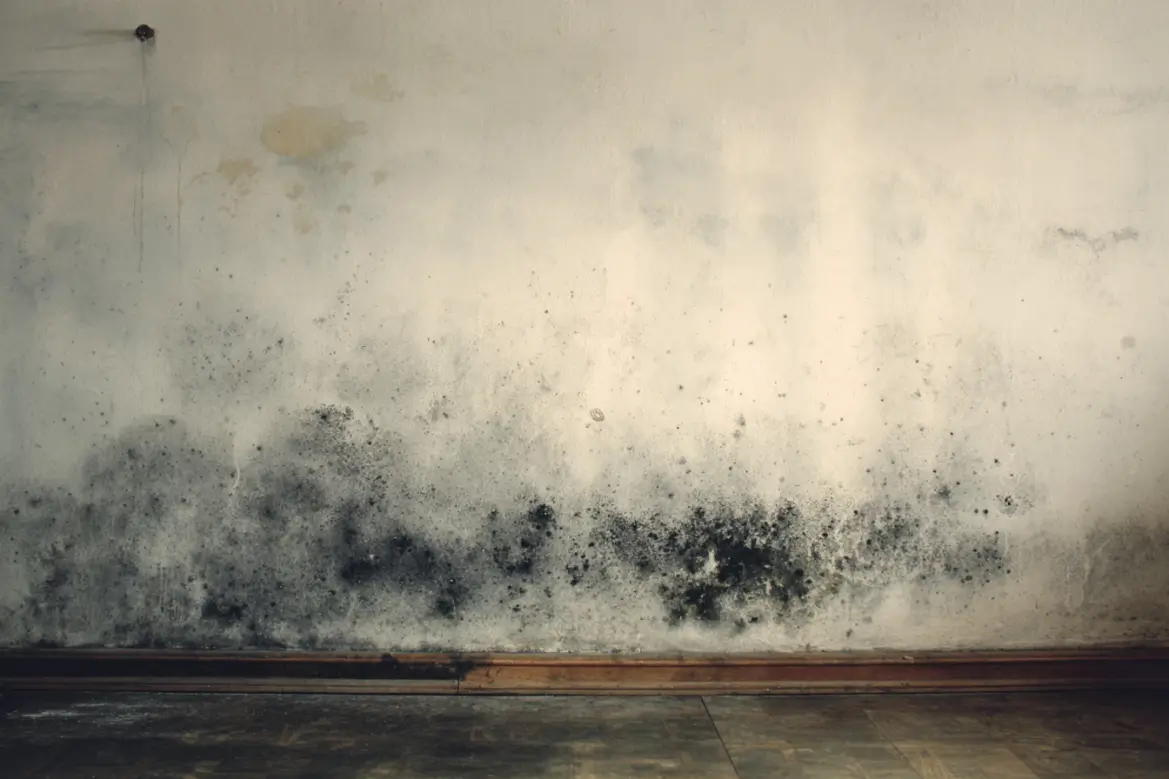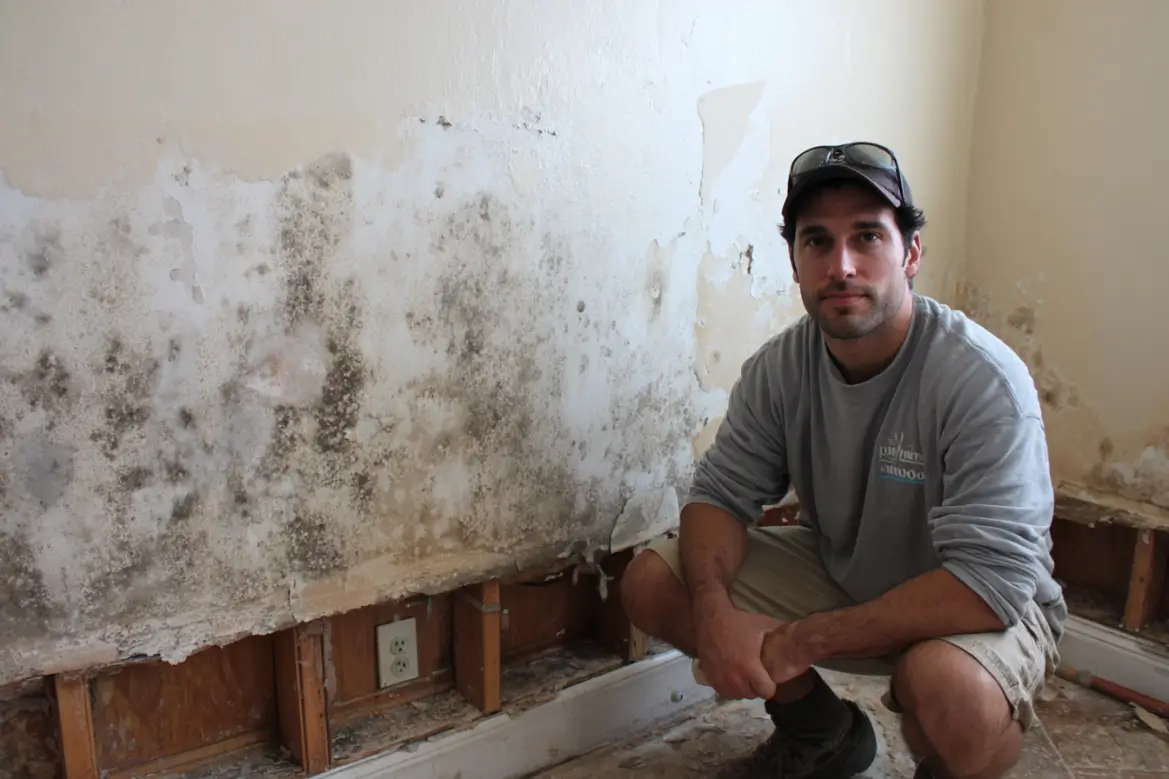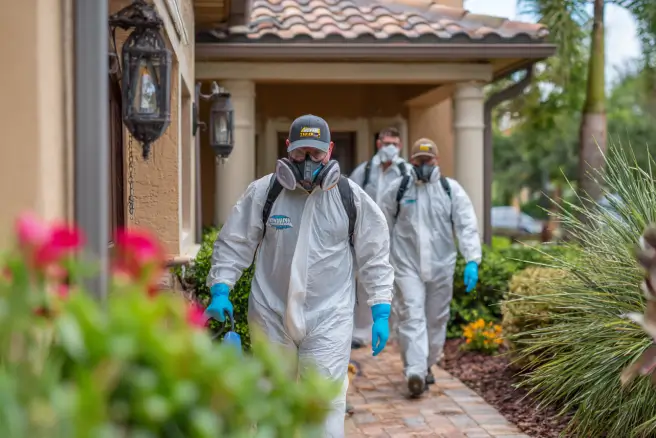
When faced with a mold problem, hiring the right mold remediation company is essential to ensure effective and long-lasting removal. Choosing the wrong service provider can lead to incomplete remediation, health risks, and additional costs. Here are some tips to help you identify a reliable and professional company for your needs.
Researching Experience and Reputation for Vero Beach Florida Mold Remediation
- Years in Business: Look for companies with several years of experience in mold remediation. Experienced providers will likely have encountered a wide range of situations and know how to handle even complex cases.
- Reviews and Testimonials: Check online reviews on platforms like Google, Yelp, or Better Business Bureau (BBB). Positive feedback from past customers is a good indicator of their reliability and effectiveness.
- Referrals: Ask friends, family, or neighbors if they can recommend a trusted mold remediation service they’ve used in the past.
Ensuring Proper Certifications for Mold Remediation Vero Beach Florida
A reputable mold remediation company should hold proper certifications that demonstrate their expertise. Here are some key ones to look out for:
– IICRC Certification: The Institute of Inspection, Cleaning, and Restoration Certification (IICRC) signifies adherence to industry standards in mold removal.
– State Licensing: Verify that the company holds any necessary state or local licenses required to perform mold remediation work legally in your area.
These credentials ensure that their team has been properly trained in safe, effective practices.
Learn About Mold Removal Vero Beach Florida Services
A professional mold remediation service should offer a thorough inspection before starting any work. They typically assess:
1. The level of contamination.
2. The source(s) of moisture causing the growth.
3. Areas affected by visible or hidden mold.
They should provide you with clear documentation highlighting their findings as well as an accurate estimate for the work required.
Ensure the Mold Specialist Vero Beach Florida Follows Proper Safety Protocols
Mold removal can pose health hazards if not handled properly. Ensure your chosen company follows strict safety procedures such as:
– Using personal protective equipment (PPE) like masks, gloves, goggles, and coveralls. – Isolating affected areas with containment barriers to prevent cross-contamination. – Employing HEPA filtration systems during cleanup to capture airborne mold spores.
Inquire About Warranties or Guarantees
A trustworthy company will stand behind their work by offering warranties or guarantees on their services. These assurances indicate confidence in their ability to fully resolve your mold issues.
| Feature | What to Check |
| Certifications | IICRC certification, state licenses |
| Safety Measures | PPE usage, containment barriers |
| Documentation | Detailed inspection reports |
| Reviews & Reputation | Consistent positive feedback from customers |
Avoid Deals That Sound Too Good To Be True
Low-cost services might seem appealing but could result in inadequate remediation or incomplete removal efforts. Prioritize quality over trying to save money upfront—investing in experienced professionals can save you significant expenses down the road.
By following these tips when selecting a mold remediation service, you’ll be better equipped to resolve your mold problem effectively while safeguarding your home or business from further damage caused by improper handling of the issue.
How to Choose Certified Mold Remediation Professionals in Vero Beach Florida
When hiring a mold remediation company, it is essential to prioritize certifications and licenses. These credentials indicate that the professionals you are considering have the required training, knowledge, and expertise to handle mold problems effectively. Without proper accreditation, you risk hiring unqualified individuals who may fail to resolve the issue or even exacerbate it.
Why Certifications Matter
- Compliance with Industry Guidelines: Mold removal often involves handling hazardous substances like mold spores. Certified professionals follow strict protocols set by organizations such as the Institute of Inspection, Cleaning and Restoration Certification (IICRC).
- Demonstration of Expertise: Certified professionals are trained in techniques for detecting mold, assessing its severity, and implementing appropriate removal methods.
- Health & Safety: Proper certification ensures that workers are knowledgeable about safety precautions to protect both themselves and the occupants of your property.
Common Mold Remediation Certifications
| Certification | Issuing Organization | Significance |
| IICRC-Certified Mold Remediation Technician (AMRT) | Institute of Inspection Cleaning and Restoration Certification (IICRC) | Focuses on assessment and safe removal procedures for mold contamination. |
| Certified Microbial Consultant (CMC) | American Council for Accredited Certification (ACAC) | Training in advanced microbial sampling techniques along with providing consultation for large projects. |
| Certified Indoor Environmentalist (CIE) | ACAC or IAQA (Indoor Air Quality Association) | Combines indoor air quality expertise with microbial assessment knowledge. |
These certifications signal that a company’s employees have undergone rigorous education programs relevant to mold detection, containment, and removal.
Why Licensing Is Critical
Licenses are legal permissions granted by local or state authorities to operate as a mold remediation service provider. A license guarantees that the company has met minimum state-mandated requirements for insurance coverage, qualifications, and adherence to safety laws.
Some states require specific licensing for handling hazardous materials or conducting environmental assessments during remediation processes.
How to Verify Credentials
To ensure that you are working with qualified professionals:
1. Request Proof: Ask the company directly for copies of their licenses and certifications. 2. Check Online Databases: Many credentialing organizations maintain directories where you can verify certificates by name or business. 3. Contact Local Authorities: Confirm licensure through your state’s licensing board or environmental agency. 4. Verify Insurance Coverage: Ensure adequate general liability insurance is in place to cover potential accidents during remediation activities.
Ensuring proper certifications and licenses will protect your investment while securing quality service from trusted professionals capable of delivering long-lasting results in addressing your mold concerns effectively.
Certifications and Licenses to Look for When Choosing Mold Removal Vero Beach Florida Professionals
When selecting a mold removal professional, certifications and licenses play a critical role in ensuring you hire a qualified and trustworthy service provider. Proper credentials signify that the company or individual you hire has the necessary training, expertise, and adherence to industry standards. Below, we delve deeper into why these factors matter and how they can impact the success of your mold remediation project.
Why Certifications Matter
- Comprehensive Knowledge: Training programs cover essential topics such as mold identification, containment strategies, remediation techniques, and prevention methods.
- Adherence to Industry Standards: Certified professionals follow guidelines set by authoritative bodies like the Institute of Inspection, Cleaning and Restoration Certification (IICRC) or the National Organization of Remediators and Mold Inspectors (NORMI).
- Up-to-Date Practices: Certifications often require periodic renewal, ensuring professionals stay informed about the latest advancements, regulations, and safety measures in the field.
Common Certifications to Look For
| Certification Body | Certification Title | Description |
| Institute of Inspection, Cleaning and Restoration Certification (IICRC) | Applied Microbial Remediation Technician (AMRT) | Focuses on mold remediation techniques and microbial contamination removal. |
| National Organization of Remediators and Mold Inspectors (NORMI) | Certified Mold Remediator (CMR) | Covers mold assessment, remediation, and prevention best practices. |
| American Council for Accredited Certification (ACAC) | Council-certified Microbial Remediator (CMR) | Emphasizes safe, effective mold remediation in residential and commercial settings. |
The Role of Licenses
In addition to certifications, licensing is often a legal requirement for mold remediation professionals in many states. A valid license ensures that the company operates within the law and meets the minimum state-mandated standards.
Key points about licensing include:
– State-Specific Requirements: Licensing requirements vary by state. For example, states like Florida, Texas, and Louisiana mandate mold remediation licenses, while others may have less stringent regulations.
– Consumer Protection: Licensed professionals are typically insured and bonded, offering you financial protection in case of damage or incomplete work.
– Verification: Always verify a professional’s license by checking with your state’s licensing board or regulatory authority.
Questions to Ask About Certifications and Licenses
To ensure you’re hiring a qualified mold removal professional, ask the following questions during the selection process:
– Are your technicians certified by recognized organizations like IICRC, NORMI, or ACAC?
– Do you hold a valid mold remediation license specific to my state?
– Can you provide documentation of your certifications and licenses?
Benefits of Hiring Certified and Licensed Professionals
Engaging a mold removal expert who holds proper certifications and licenses offers several advantages:
– Effective Remediation: Professionals with the right credentials are trained to provide thorough and safe mold removal services.
– Regulatory Compliance: Licensed companies are well-versed in local laws and regulations, reducing the risk of legal or environmental issues.
– Peace of Mind: Knowing that your chosen service provider is certified and licensed ensures accountability and quality assurance.
By prioritizing certifications and licenses, you can make an informed decision that protects your property, health, and investment.
Essential Safety Protocols During a Mold Inspection Vero Beach Florida
When hiring a mold remediation service, ensuring they follow proper safety protocols is essential to protect both occupants and the professionals performing the work. A reliable mold removal company will implement industry-standard safety measures to minimize risks and ensure effective results. Below are key safety practices you should expect from a trustworthy remediation service.
1. Use of Proper Personal Protective Equipment (PPE)
A reputable mold remediation team should always wear appropriate PPE during the process to safeguard themselves and prevent cross-contamination. Essential protective equipment includes:
– Respirators or masks: To prevent inhalation of harmful spores or particles.
– Gloves: To protect hands from coming into contact with potentially hazardous substances.
– Full-body suits: Disposable suits that minimize skin exposure and reduce the spread of contamination.
– Goggles or eye protection: To shield eyes from spores or cleaning chemicals.
2. Containment Measures to Limit Spread
Reliable services will establish containment zones around affected areas to prevent mold spores from spreading throughout your home or building. This often involves the use of techniques like:
– Plastic sheeting and zipper doors for isolating contaminated spaces.
– Negative air pressure systems to pull air out of the area rather than letting contaminated air escape into other parts of the building.
These measures help ensure that unaffected areas remain safe during remediation.
3. Use of HEPA Filters and Air Purifiers
High-Efficiency Particulate Air (HEPA) filtration systems are critical in trapping microscopic spores released during cleanup. Mold remediation companies should deploy specialized equipment such as:
– HEPA vacuums for capturing particles on surfaces like floors, walls, and furniture. – Air purifiers with HEPA filtration to cleanse airborne contaminants in real-time.
The use of these tools significantly reduces both airborne spores and allergens.
4. Proper Handling and Disposal of Contaminated Materials
Once porous materials—such as drywall, carpet, or insulation—are deemed unfit for restoration due to severe contamination, they need to be carefully removed and discarded following local environmental guidelines. A dependable company will ensure:
– All removed materials are sealed in heavy-duty plastic bags before being transported offsite. – Disposal complies with regulations regarding hazardous waste management.
This step keeps your property safe while protecting surrounding environments.
5. Compliance with Industry Standards
Professional mold removal services adhere strictly to standards outlined by organizations such as the Environmental Protection Agency (EPA) or Institute of Inspection Cleaning and Restoration Certification (IICRC). These standards dictate best practices related to safety, documentation, inspection, and cleanup procedures—ensuring thoroughness without cutting corners.
| Safety Measure | Expected Practice | Why It Matters |
| PPE Use | Full gear including respirators, gloves, suits | Protects workers; prevents contamination |
| Containment Setup | Plastic barriers & negative pressure | Limits spore spread |
| HEPA Filter Deployment | Vacuums & air scrubbers | Removes airborne allergens/mold |
| Proper Material Disposal | Sealed bags; eco-compliant disposal methods | Reduces environmental harm |
| Standards Compliance | Following EPA/IICRC guidelines | Guarantees safe & effective work |
6. Post-Remediation Cleaning Protocols
After removing visible mold growth, reliable companies conduct final cleaning using antimicrobial solutions approved for home environments while ensuring no chemical residues remain behind. Final air testing may also be conducted upon request to confirm that spore levels are within acceptable thresholds.
By focusing on these critical safety protocols during every project phase, reputable services not only mitigate immediate concerns but also help prevent future reoccurrences effectively while maintaining a safe indoor environment for all occupants.
How Proper Documentation Enhances Water Damage Restoration Vero Beach Florida Projects
Proper documentation is a critical component of any mold removal project. It not only ensures accountability but also contributes to the effectiveness of the remediation process. By maintaining accurate and detailed records, professionals can track progress, identify problem areas, and provide evidence of successful mold remediation.
Why Documentation Matters
- Documentation holds all parties involved accountable for their roles throughout the project.
- It enables property owners to verify that each step of the remediation process was completed according to plan.
- Mold remediation documentation is often required to meet local, state, or federal regulations, especially for large-scale projects or commercial properties.
- Proper paperwork ensures all activities align with industry standards and laws, reducing potential liabilities.
- When you have well-organized records, clients can better understand the scope of work being performed.
- Transparency builds trust between homeowners or businesses and the remediation company.
Key Aspects of Mold Remediation Documentation
- Initial Inspection Report:
A detailed assessment outlining the extent of mold contamination, affected areas, moisture sources, and recommended remediation steps. - Remediation Plan:
A written plan detailing the methods, equipment, and safety protocols to be used during the removal process. - Photographic Evidence:
Photos or videos taken before, during, and after remediation work to visually demonstrate progress and results. - Air Quality Tests:
Results from pre- and post-remediation air quality testing, which verify that spore levels have returned to acceptable levels. - Daily Logs:
Notes on daily activities, including cleaning methods, containment setup, dehumidifier usage, and any deviations from the original plan. - Final Clearance Report:
A comprehensive summary confirming that all mold has been effectively removed and that no further action is needed.
Benefits of Thorough Documentation
- Dispute Resolution:
Comprehensive records can be used to resolve disputes should any issues arise after the project’s completion. - Future Maintenance:
Homeowners can use the documentation as a reference for monitoring areas prone to mold growth and implementing preventative measures. - Insurance Claims:
Detailed paperwork is often required for insurance claims related to water damage or mold remediation. Proper documentation ensures that claims are processed smoothly.
Sample Documentation Table
| Type of Document | Purpose | Example Content |
| Inspection Report | Identifies mold presence and origin | Affected areas, moisture levels |
| Remediation Plan | Outlines removal strategies | Containment methods, timeline |
| Photographic Evidence | Tracks progress visually | Before and after photos |
| Air Quality Tests | Confirms safe spore levels | Pre- and post-tests |
| Final Clearance Report | Certifies successful completion | Summary of results |
Final Thoughts on Documentation
Whether you’re managing a small residential mold issue or a large commercial remediation project, thorough documentation is non-negotiable. It ensures that all steps are followed correctly, supports regulatory compliance, and provides peace of mind for property owners. Always choose a remediation company that prioritizes detailed and transparent record-keeping throughout the entire process.
The Importance of Professional Mold Remediation Vero Beach Florida Experts
When it comes to addressing mold issues in your home or office, relying on professional services from companies like verobeachmoldremoval.com is essential. Mold removal is a complex process that goes beyond just cleaning visible mold patches. Attempting to handle it yourself may lead to incomplete removal or even worsen the problem. Here are key reasons why professional assistance is vital for thorough mold remediation.
Expertise and Training
- Assess the extent of mold infestation, including hidden growth.
- Identify the root cause of the mold, such as leaks or high humidity levels.
- Use proper containment methods to prevent cross-contamination.
Advanced Equipment and Techniques
| Equipment | Purpose |
| HEPA Vacuums | Remove mold spores and prevent them from spreading in the air. |
| Air Scrubbers | Purify the air and capture airborne mold particles. |
| Moisture Meters | Detect hidden moisture responsible for mold growth. |
| Industrial Dehumidifiers | Control humidity to prevent further mold development. |
This advanced equipment ensures the job is done effectively and minimizes the chances of mold returning.
Health and Safety
- Wearing personal protective equipment (PPE) such as gloves, masks, and suits.
- Isolating affected areas to prevent mold spores from spreading to other parts of the property.
- Using EPA-approved cleaning solutions to kill mold and neutralize toxins.
By ensuring safety, professionals help reduce health risks for everyone involved.
Comprehensive Remediation
- Inspection and Assessment: Identifying the mold species and the extent of the infestation.
- Containment: Sealing off affected areas to prevent contamination.
- Removal: Using appropriate methods to remove mold from all affected surfaces.
- Prevention: Addressing the root cause, such as fixing leaks and improving ventilation.
Cost-Effectiveness in the Long Run
While professional mold removal services may seem expensive initially, they save money in the long run. DIY attempts often lead to incomplete removal, resulting in recurring mold problems that require repeated treatments. Professionals ensure that the issue is resolved correctly the first time, reducing future expenses.
Legal and Insurance Considerations
- Homeowners selling their property may need documented proof of proper mold remediation.
- Insurance providers may require evidence of professional remediation to process claims related to mold damage.
By hiring professionals, you ensure compliance with relevant regulations and avoid potential legal complications.
Addressing a mold problem requires more than basic cleaning techniques. Professionals offer expertise, equipment, and thorough remediation processes that ensure your home or office is safe and mold-free. Investing in professional services not only protects your property but also safeguards your health and well-being.
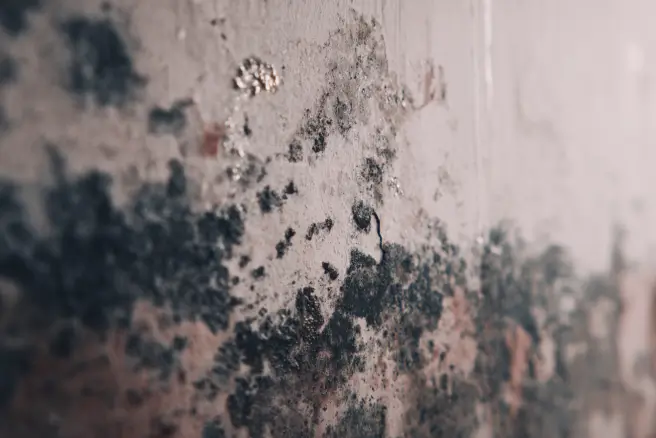
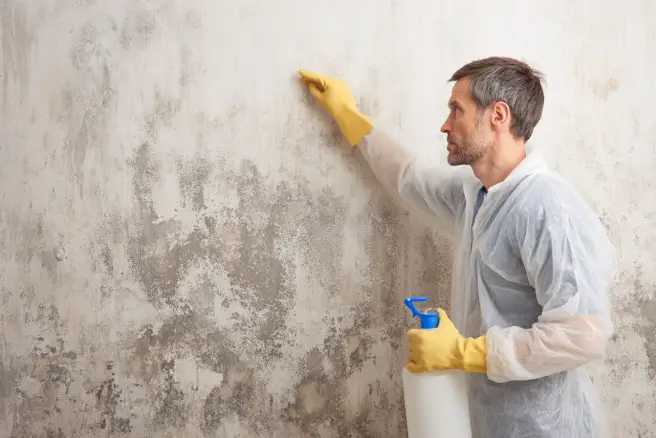
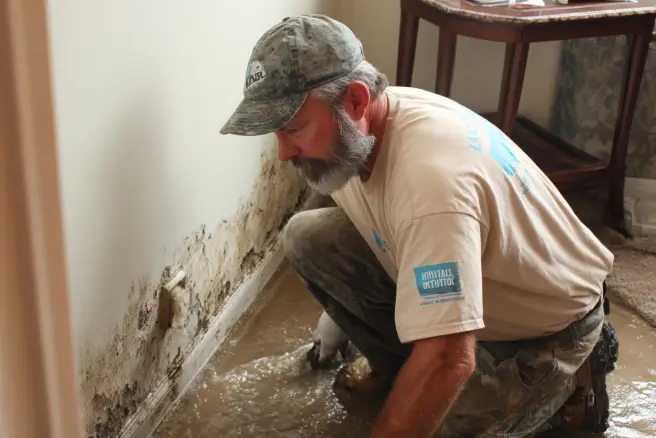 Water damage in your home creates the perfect conditions for mold growth, which can lead to structural issues and health risks. Proper prevention methods can help you avoid these problems. Below are detailed tips to keep mold at bay after water damage.
Water damage in your home creates the perfect conditions for mold growth, which can lead to structural issues and health risks. Proper prevention methods can help you avoid these problems. Below are detailed tips to keep mold at bay after water damage.